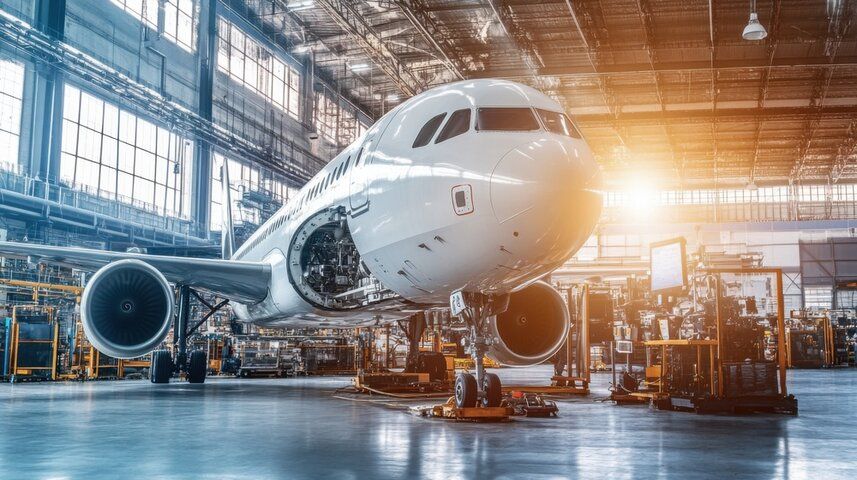
In aeronautical maintenance, safety and traceability are non-negotiable. To guarantee both, the EASA (European Union Aviation Safety Agency) establishes a solid regulatory framework, among which Part 145, included in Regulation (EU) 1321/2014, Annex II, stands out. This standard regulates the certification and operation of AMOs (Approved Maintenance Organizations) in Europe.
What does Part 145 regulate?
Part 145 defines the requirements that an organization must meet in order to be approved as an AMO. It is not enough to have qualified technicians or an equipped hangar: the organisation must operate under standardised, traceable and auditable processes to ensure continued airworthiness across the EU.
Main Part 145 Requirements
Certification and Initial Approval
The organization must apply to the competent authority for approval, submitting the Maintenance Organization Manual (MOE), along with internal procedures and the intended scope of maintenance. After audits and inspections, only if all requirements are met is the Part 145 certificate issued.
Adequate infrastructure
According to Article 145.A.25, hangar, workshop and office facilities must be appropriate to the type and level of maintenance (line, base, engines, components), including environmental conditions and support equipment.
Authorized and qualified personnel
Certifying technicians must hold EASA Part-66 license. In basic maintenance, the final certification is signed by a category C personnel, supervising the work of B1 (mechanics) and B2 (avionics). In addition, Part 145 requires recurring training at least every 2 years, including Human Factors and technical updates.
Tool and equipment control
In accordance with 145.A.40, all tools must be calibrated and documented. Metrological traceability is key in audits: each torque meter, multimeter or test equipment must have a current certificate and calibration record.
Quality and compliance systems
Section 145.A.65 requires AMOs to establish a quality system with independent internal audits, managed by a quality/compliance officer. The goal: to continuously monitor compliance with procedures and regulations.
Documentation and records
Each task must be recorded and signed by authorized personnel. Article 145.A.55 requires the maintenance of minimum records to be kept for 3 years, which is the essential basis for issuing the CRS (Certificate of Release to Service).
Part 145 of Regulation (EU) 1321/2014 is much more than a bureaucratic requirement: it is the guarantee that an AMO works with controlled processes, qualified personnel, adequate facilities and certified tools. Complying with this standard means offering confidence to authorities, operators, manufacturers and, ultimately, passengers.
In aviation, regulatory compliance is synonymous with safety: an AMO approved under Part 145 ensures that every aircraft maintained is maintained to the highest international standards.

